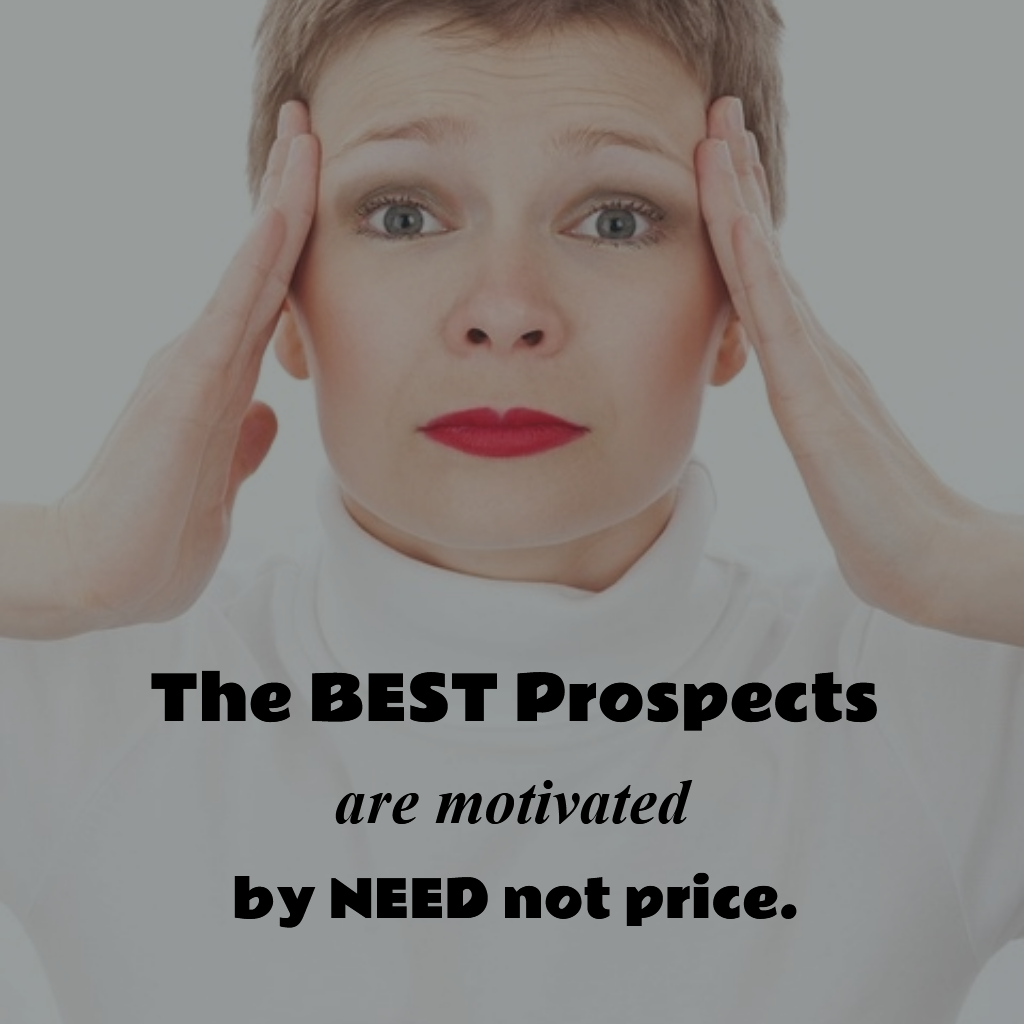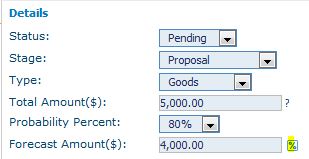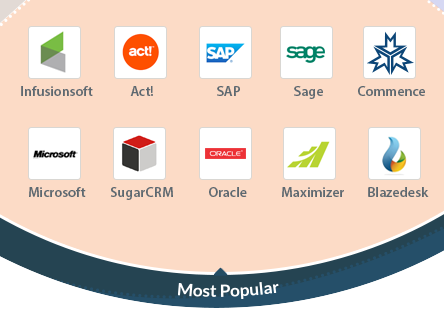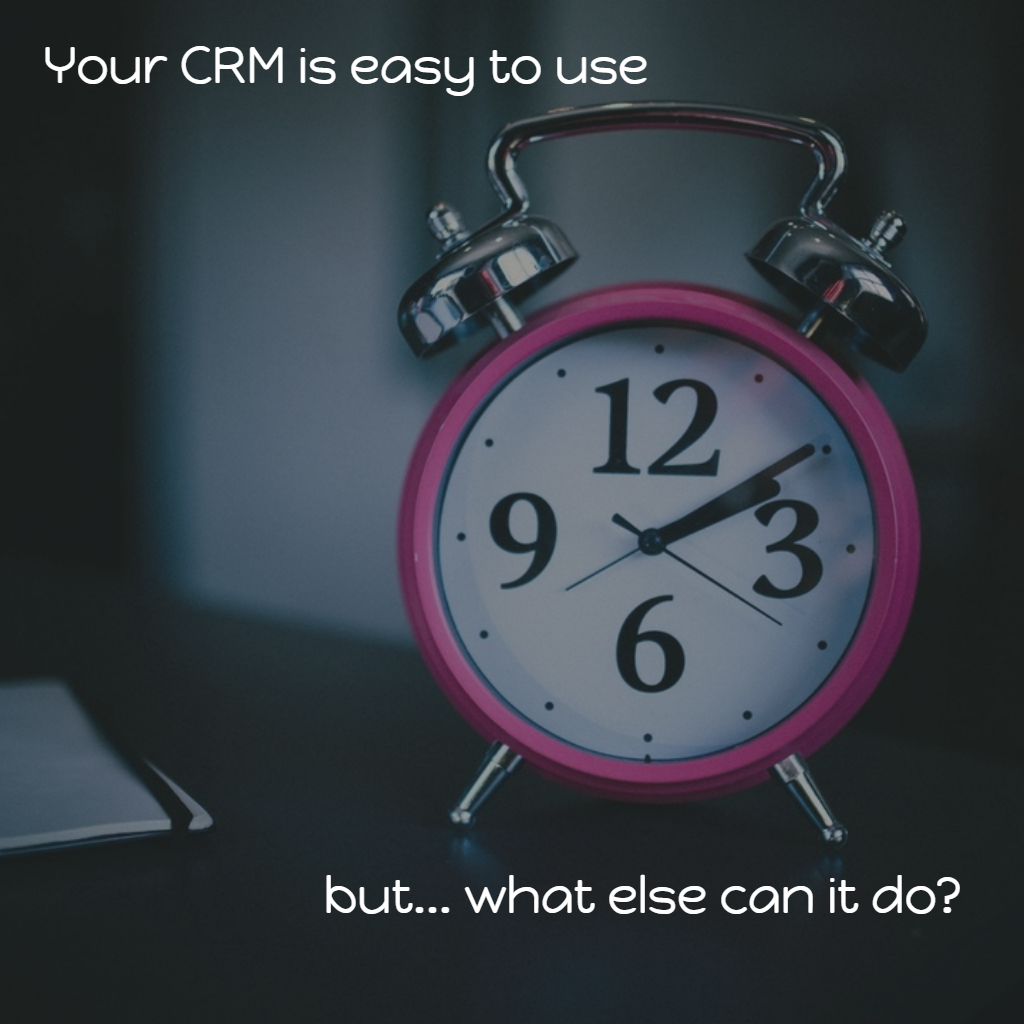This is a Sandler Weekly Sales Tip from guest poster Shulman & Associates.

The STORY:
Nick sat in his company’s car at the nearby regional shopping mall. Seven o’clock at night, he glumly thought to himself, been on the road since this morning calling on people. Not one lousy sale, couple of nibbles, no closes.
Nick had set out in the morning to call on as many of the “call me back in three months” prospects as he could. He figured that maybe physically showing up might get some interest in what he had to offer.
His first call at seven in the morning was with a small manufacturing plant. Even though the owner gave him two minutes in the outer office, all he heard was “could you leave some literature?”
He left it, thinking to himself as he handed it over that before he sat in his car, it would hit the circular file. The next stop, just down the street, was no better. No one had any time to see him; “leave a business card.” Along with all the rest, he thought.
Fortunately, he thought at the time, I’ll use the car phone to make some calls since I’ve got at least an hour ride to the next stop. With the voice mail, the “she’s on vacation,” and “Does Mr. Smith know you?” typed responses, calling from the car was zero for fifteen.
Nick stopped for lunch and wondered just how those other salespeople in the restaurant managed to “do lunch” with clients and get orders. The two times he had done it, the prospects had a great lunch and promised to get back to him. They never did, and when he called them, they were always “unavailable” or “in a meeting.”
There were 12 stores in the mall that he had been phoning for the past eight months. He figured this would be the best use of his afternoon. At eight of the stores, all purchasing was done out-of-state. The rest all had suppliers and, as one lady manager put it, “We’re absolutely delighted with their service. Never had the need to change.”
There has to be a better way, he thought. Starting his car, he headed back to his condo, hoping tomorrow would be better.
The RESULT:
Nick isn’t going to sell any of these people anything because he has not established if they will ever need what he is selling. They will buy, but they will buy from someone who sees their need and sets up a situation where they express it.
DISCUSSION:
Why do salespeople have a multitude of prospects that they have repeatedly contacted but who have never bought? The old sales adage of “someday they will” is why. Also this type of prospecting activity is considered appropriate by sales managers and upper management. The problem is that occasionally someone does buy with this method.
The basic problem, the fallacy with this thinking, is that this type of sale makes money for the salesperson and the company. If you tracked the amount of time spent in this process, you would painfully find out that the cost of making the sale wiped out the profit. Add up the phone bill, allocate some of the overhead and figure in an hourly rate for the salesperson. Also add in postage and the cost to print the literature. Now divide the net from the sales by this figure. Painful.
So does it make sense to keep doing it?
But someone is saying, “But what else can we do? This is the way we have done it for umpteen years.”
There is another way.
APPROACH:
Understand that if you are calling the appropriate prospects for your product, that someday every one of them will buy that product. While it may not be from you, they will buy. There are, however, a certain number of prospects who will buy within the next two months. You need to uncover them.
What makes them buy within the next two months is not price, but need. If they don’t buy, they will be in pain. Someone in their company, someone at home, or they themselves will suffer unless they have what you sell. These are the prospects you need to quickly find before they go and buy from someone else.
Approaches? By reversing questions, bringing the past and future into the present, by asking questions and waiting for a response however long it takes, by using many of the “prospecting” TACTICS cards, by seeking their needs and not your needs, all of these will uncover those prospects who are in pain and have a need today.
“Call me in a couple of months” is a brush-off.
What’s going to change in a couple of months that causes you to need my product? Nothing? Why should ever call you back and waste my time and my money?
THOUGHT:
There are prospects out there right now, who need to buy what you sell. Sell them!
About the author:
Shulman & Associates is a professional development firm specializing in sales and management training and sales force evaluation. Visit their website to register for a FREE Sales Training Workshop. Learn how to increase sales, improve margins, and accelerate new business development. Lunch is included in this workshop.
To view the latest Sales Tip click on the link below:
source http://www.commence.com/blog/2017/04/28/does-the-prospect-have-the-need/





